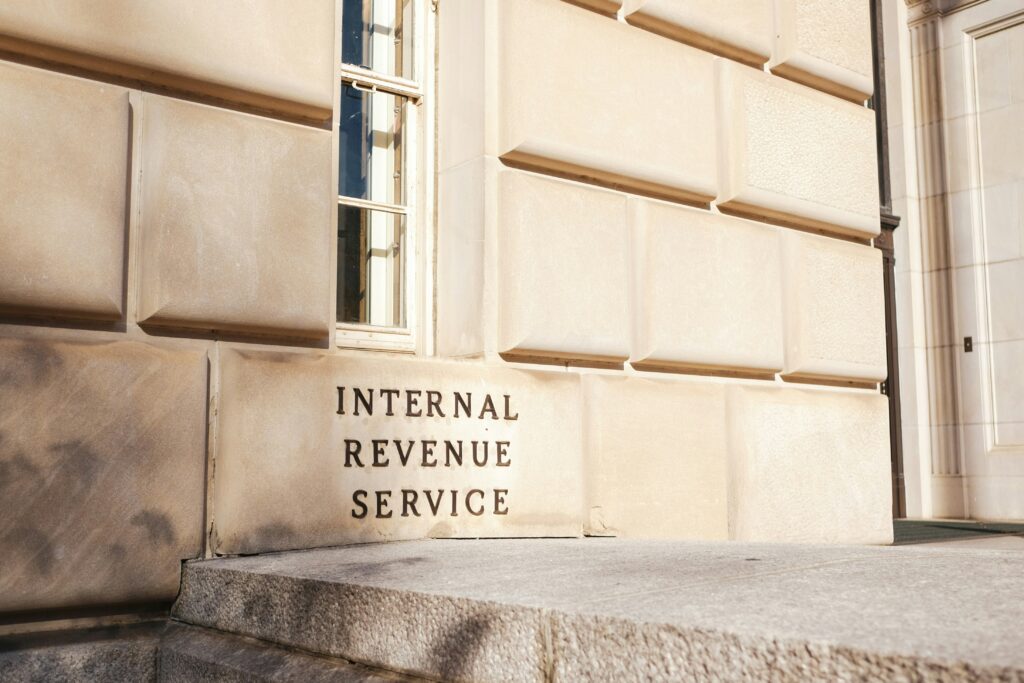Understanding Estimated Tax Penalties: How to Avoid Costs and Comply with IRS Rules
In the United States, the tax system operates on a “pay-as-you-go” basis, requiring taxpayers—individuals and corporations—to make tax payments throughout the year based on income earned. This system ensures that tax liabilities are paid incrementally rather than in a lump sum at year-end. Payments can be made through withholding from wages or estimated tax payments, and failure to meet these obligations can result in penalties.
Estimated Tax Penalties for Individuals
Individuals who underpay their taxes throughout the year are subject to an estimated tax penalty, also known as the underpayment penalty. This penalty is calculated based on the federal short-term interest rate plus an additional 3%. The federal short-term interest rate can vary, and recent interest rate increases have significantly raised the penalty. As of October 1, 2023, the penalty rate has climbed to 8%, marking the highest level since 2007. This is particularly notable because the penalty rate was as low as 3% in 2022 due to lower interest rates.
The estimated tax penalty is not deductible, which means taxpayers must pay the penalty with after-tax dollars. This makes the effective cost of the penalty higher than the nominal rate. For example, suppose the penalty rate is 8%, and a taxpayer’s combined income tax and self-employment tax rate is 40%. In that case, the penalty’s effective cost is about 13.3% when considered with after-tax dollars.
Individuals must ensure they meet their “required annual payment” obligations to avoid this penalty. This payment is the smaller of:
- 90% of the total tax due for the current year, or
- 100% of the total tax shown on the previous year’s tax return (110% for higher-income earners with an adjusted gross income exceeding $150,000 or $75,000 for married individuals filing separately).
Individuals who receive most of their income through wages typically satisfy their required annual payment through employer withholding. However, if they have substantial income from sources like dividends, interest, capital gains, rents, or royalties, they might need to make additional estimated tax payments or adjust their withholding.
Self-employed individuals, including sole proprietors, partners, and members of limited liability companies (LLCs), must make estimated tax payments quarterly. They do not have tax withheld from their business income. Instead, they must pay estimated taxes based on their net earnings from the business. LLC members and partners must pay individual estimated taxes on their share of the partnership or LLC’s income.
Estimated tax payments are due four times a year:
- April 15 for income received from January 1 through March 31.
- June 15 for income received from April 1 through May 31.
- September 15 for income received from June 1 through August 31.
- January 15 of the following year for income received from September 1 through December 31.
Taxpayers can use the “annualized income installment method,” which allows them to calculate their estimated tax payments based on actual income and deductions for each quarter. This method can benefit those with uneven income throughout the year, as it can reduce the estimated tax paid during lower-income periods. However, this method requires more complex calculations and may necessitate recapturing any savings if switching methods.
Estimated Tax Penalties for Corporations
Corporations, specifically C corporations, must make estimated tax payments if they expect to owe $500 or more at year-end. These payments are calculated using Form 1120-W and are due quarterly:
- 1. April 15
- 2. June 15
- 3. September 15
- 4. December 15
S corporations generally do not pay estimated taxes except for built-in gains, excess net passive income, or investment credit recapture. Instead, shareholders of S corporations must pay estimated taxes based on their share of the corporation’s income.
Corporations can use several methods to calculate their estimated tax payments:
- Current-year method: Payments are based on 25% of the expected tax for the current year.
- Preceding-year method: Payments are based on 25% of the tax shown on the previous year’s return, provided that the return covered a whole year and showed a positive tax liability. Large corporations must adjust their payments if using this method.
- Annualized income method: Allows corporations to base payments on actual income earned each quarter.
- Adjusted seasonal income method: This method is used by corporations with seasonal income patterns based on past income patterns.
Corporations face penalties for underpayment, calculated at the same rate as for individuals: the federal short-term rate plus 3%. If a corporation’s underpayment exceeds $100,000, the penalty rate increases to the short-term rate plus 5%. The IRS computes and bills corporations for these penalties. However, Form 2220 must be filed by corporations using the annualized income or adjusted seasonal methods or large corporations using the preceding-year method.
Unlike individuals, corporations cannot request penalty waivers based on reasonable cause or other special circumstances. The IRS strictly enforces penalties for underpayment of estimated taxes for corporations without exceptions.










